Ficus microcarpa, commonly known as Chinese Banyan, Indian Laurel Fig, or Ginseng Ficus, is a versatile and popular plant in the Ficus genus. It’s known for its attractive appearance and ease of care. Here’s a detailed description:
Physical Characteristics:
- Growth Habit: Ficus microcarpa can be either a small to medium-sized tree or a shrub, depending on how it’s grown and pruned. In its natural habitat, it can even become a massive tree reaching over 60 feet (18 meters) tall.
- Leaves: The leaves are oval-shaped, glossy, and dark green. They typically measure 2 to 4 inches (5 to 10 cm) in length. In bonsai cultivation, the leaves can be even smaller.
- Fruits: This plant produces small, greenish fruit that can resemble figs but are generally not edible for humans.
Cultural Requirements:
- Light: Ficus microcarpa prefers bright, indirect sunlight. It can tolerate some direct sun but should be protected from harsh afternoon sunlight.
- Water: It likes consistently moist soil but not waterlogged conditions. Water thoroughly when the top inch (2.5 cm) of soil feels dry.
- Temperature: It thrives in warm, tropical to subtropical climates and can be sensitive to cold temperatures, particularly frost.
- Soil: Well-draining potting mix or garden soil is suitable. A slightly acidic to neutral pH is ideal.
Maintenance:
- Pruning: Regular pruning helps maintain its shape, especially if grown as a bonsai or in smaller spaces.
- Repotting: Bonsai specimens may need repotting every couple of years to refresh the soil and root system.
Landscape Use:
- Ficus microcarpa is commonly used as an ornamental tree in tropical and subtropical landscapes.
- Its adaptability makes it a favorite choice for bonsai cultivation.
- In some regions, it’s also used as an indoor houseplant.
Cautions:
- The milky sap of Ficus plants can be irritating to the skin and toxic if ingested, so care should be taken when handling it.
- If growing indoors, be cautious about placement near drafty windows or cold areas, as it can be sensitive to temperature fluctuations.
Ficus microcarpa is valued for its lush foliage and adaptability, making it a popular choice for both indoor and outdoor cultivation. It’s especially renowned for its use in bonsai art, where its attractive appearance and tolerance to pruning make it an excellent candidate for creating miniature landscapes

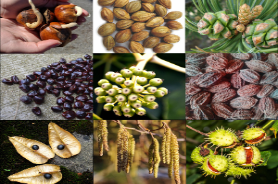

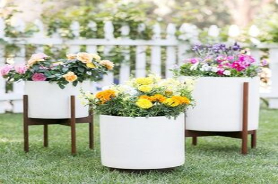






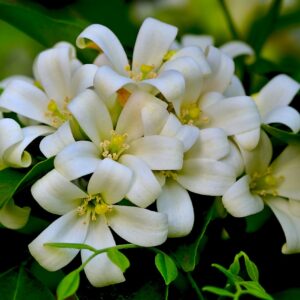
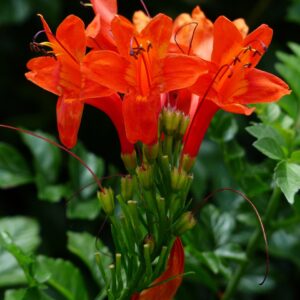
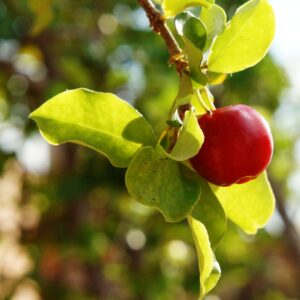

Reviews
There are no reviews yet.